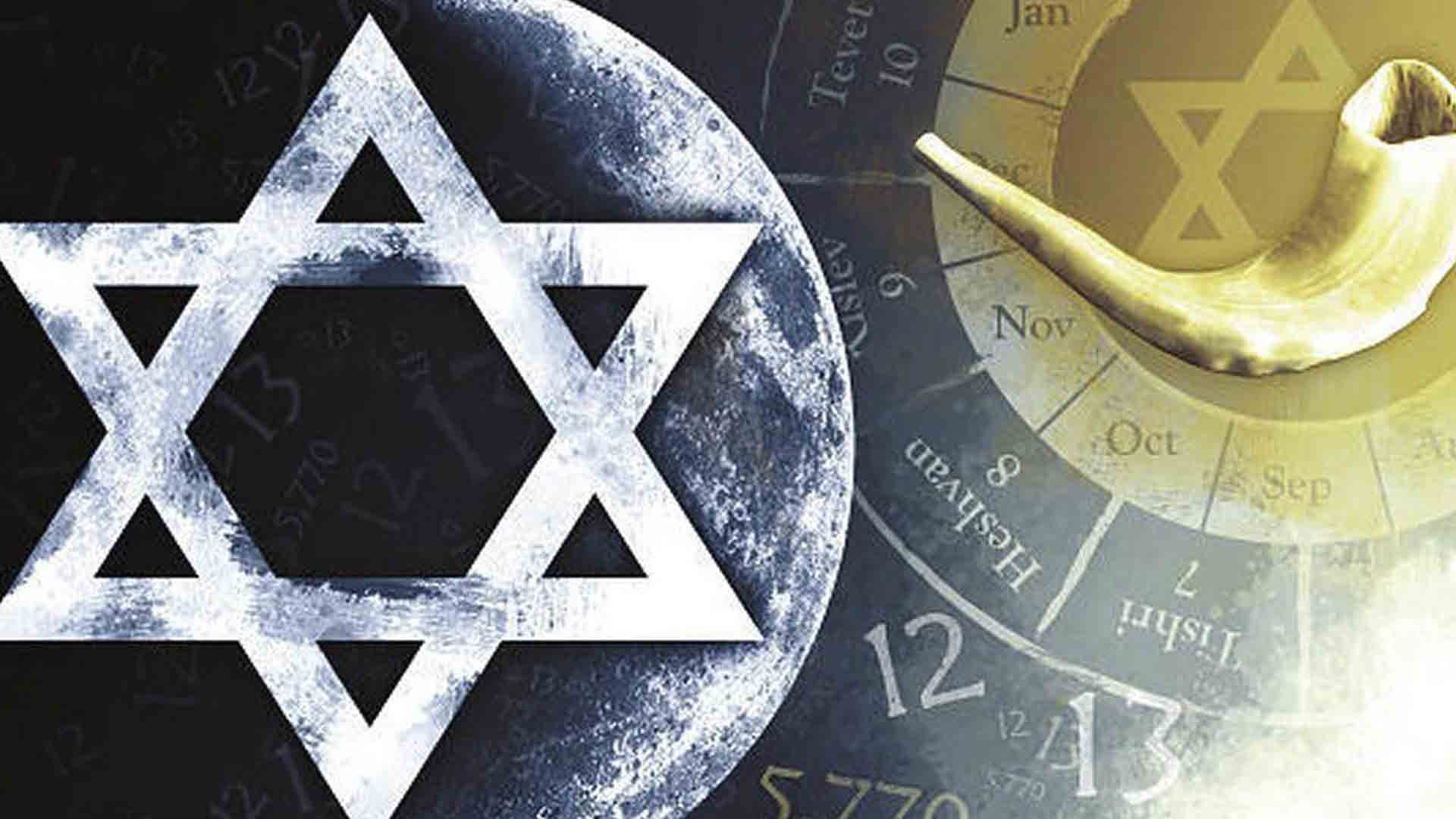For the source text click/tap here: Rosh Hashanah 7
To download, click/tap here: PDF
In the Torah , the beginning of the year was clearly set at the first of Nisan, in the context of a description of the first Passover. “The Lord said to Moses and Aaron in the land of Egypt: This month shall mark for you the beginning of the months; it shall be the first of the months of the year for you” (Exodus 12:1-2). This new year celebrated the creation of the Jewish nation through the redemption of the Israelites from Egypt. Nisan, as the first of the months, coincided with the beginning of Jewish national history.
But it is surprising that the Torah made no mention of a new year at 1 Tishrei, which today is so central to the Jewish religious experience. The Torah’s reference to 1 Tishrei is sparse altogether, describing a holiday characterized primarily by the blowing of a shofar . “In the seventh month, on the first day of the month, you shall observe complete rest, a sacred occasion commemorated with loud blasts. You shall not work at your occupations, and you shall bring an offering by fire to the Lord.” The name “Rosh Hashanah” is not mentioned, nor is there a reference to its function as a day of judgment and anniversary of the world’s creation.
Yet by the period of the Mishnah at the beginning of the second century, the outlines of today’s Rosh Hashanah holiday are clear; and discussions about the prayers of Rosh Hashanah appear as early as the teachings of the schools of Hillel and Shammai, which date to the first century CE.
We explore the historical textual and (Rav Kook) mystical implications of 2 rosh hashana's.

